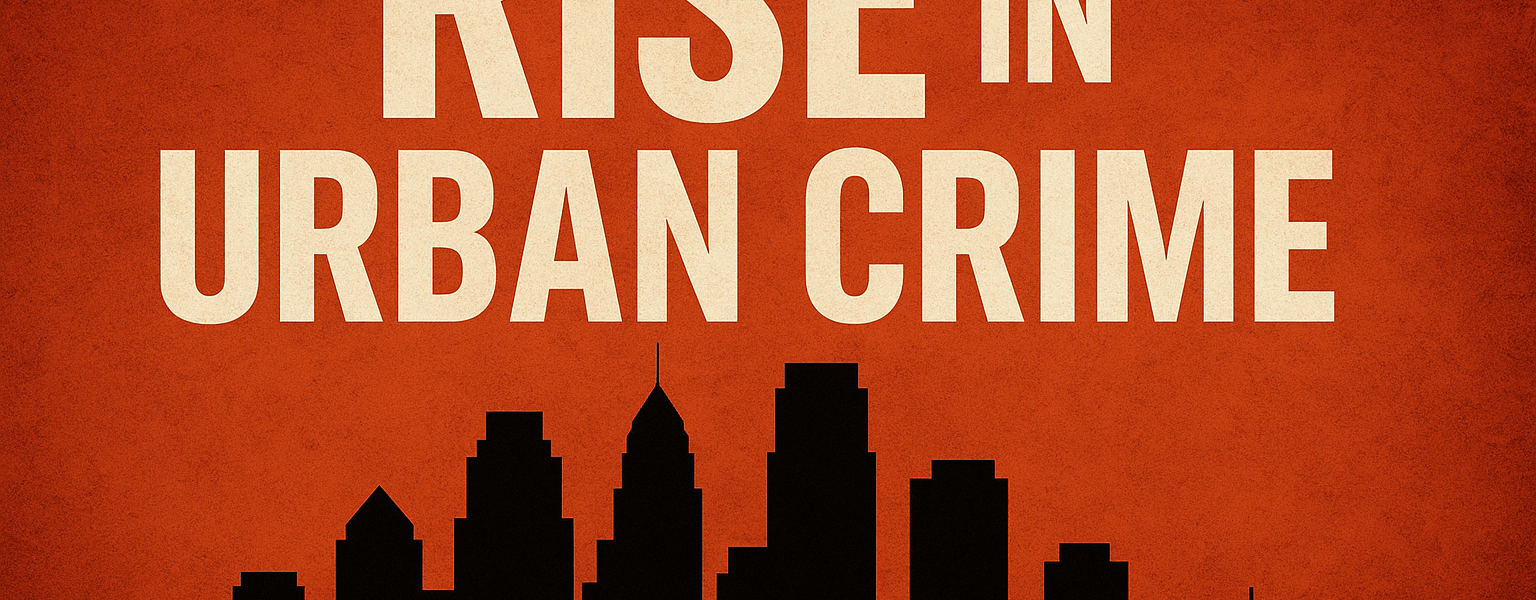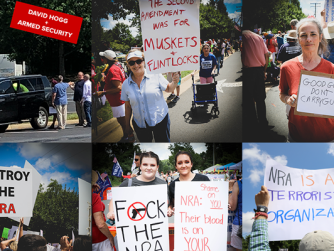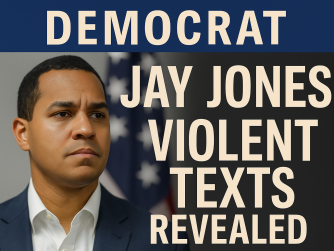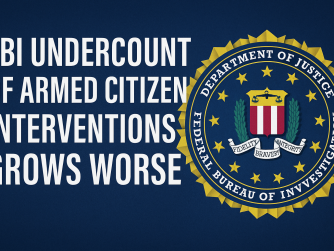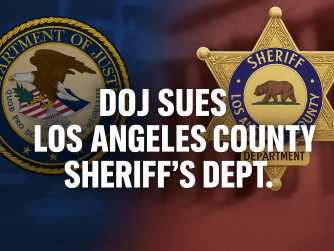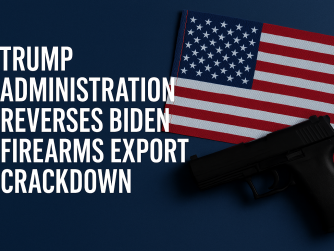For the better part of the Biden-Harris term, the White House insisted that violent crime had plunged to “record” lows—thanks, they claimed, partly to their gun-control agenda. In 2024 President Biden — the most aggressively anti–Second Amendment president in U.S. history — even declared that “violent crime fell to one of the lowest levels in more than 50 years.”
Americans do not believe this. In an August poll, 8 in 10 respondents said crime is a “major issue” in large cities — including 68% of Democrats — and two-thirds say it is a major problem nationwide.
Jeffrey H. Anderson, former head of the federal Bureau of Justice Statistics, recently compared these competing narratives using the DOJ’s National Crime Victimization Survey (NCVS), which tracks non-fatal crime via direct interviews rather than police or FBI reports. Because most crimes — including most “stranger” violence — are never reported to law enforcement, the NCVS provides a more complete picture.
The most striking finding, Anderson writes, is that urban violent crime has exploded. In 2019 the urban violent-crime rate was essentially identical to the national rate. By 2024, it was up 61% — now 46% higher than the national rate and 104% higher than the rural rate. Suburban and rural increases over the same period (4% and 2%) were so small they were not statistically significant.
Measured per 1,000 persons age 12+, urban violent-crime rates went from 21.1 in 2019 to 34.0 in 2024, after spiking to 33.4 in 2022. Suburban rates remain about where they were in 2019. Rural rates have stayed less than half the urban level.
Property crime shows the same divergence. In 2019, urban property crime was 51% higher than the national rate; in 2024 it was 86% higher. The 2024 rate per 1,000 households: 181.6 in urban areas, 96.1 in suburbs, and 48.3 in rural zones.
“When violent crime doesn’t rise in suburban or rural areas but rises 61% in urban areas, that should be big news,” Anderson concludes. It isn’t — likely because many urban jurisdictions are now run by officials who simply refuse to enforce the law. Crime has been normalized.
President Trump has moved in the opposite direction, signing an executive order in April to prioritize public safety and support state and local law enforcement. A majority of voters — 53% — approve of his approach to urban crime, including the use of federal resources to back police in hard-hit cities.
That political reality has alarmed national gun-control groups. Private polling commissioned by Giffords and House Majority Forward shows voters overwhelmingly want action on crime — but trust Republicans over Democrats by a wide margin to deliver it. Democrats are now being advised to change their messaging: admit crime is a problem, then pivot immediately to gun control.
Politico reports that Giffords, House Majority Forward, and Global Strategy Group are briefing top Democrats ahead of the 2026 midterms on this revised script: emphasize background checks, decry Trump “rolling back” regulations, and try to recast gun control as the answer to violent crime.
But the past four years have already furnished the rebuttal. The steepest rise in urban violent crime in recent memory has occurred not under a “pro-gun” presidency, but under the most aggressive gun-control White House in U.S. history. The record speaks for itself.

